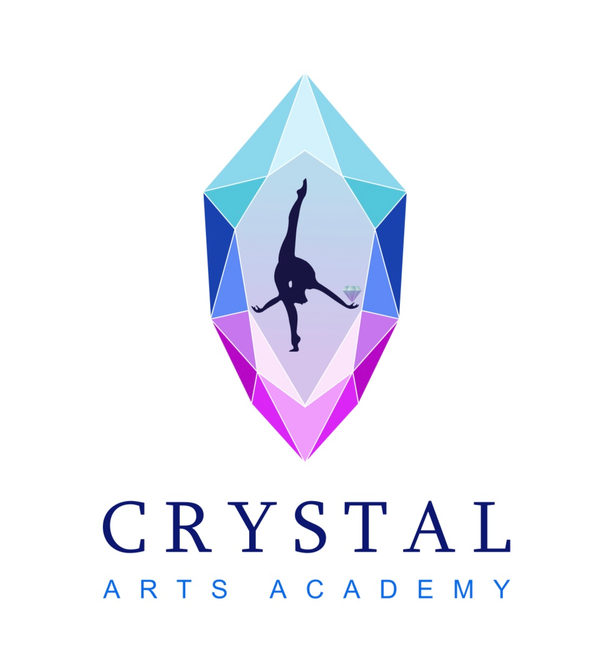CSRG
Ballet
Ballet
Couldn't load pickup availability
Rhythmic gymnastics ballet class is a type of dance class designed to teach rhythmic gymnasts the fundamentals of ballet technique. It is a specialized type of ballet instruction that is tailored to the specific needs of rhythmic gymnasts who need to develop the fluid and graceful movements that are the hallmark of the sport.
In rhythmic gymnastics ballet class, gymnasts will focus on improving their posture, balance, and form, which are all essential elements in the sport of rhythmic gymnastics. Through ballet training, athletes will learn how to move their bodies with poise, grace, and elegance, which will help them to perform better in routines and competitions.
Ballet in Rhythmic Gymnastics
Rhythmic gymnasts can benefit greatly from taking ballet classes as it helps them improve their technique, form, flexibility, and agility, which are all essential skills required for the sport.
-
Motor control and coordination
Ballet involves precise movements that require balance and coordination. By taking ballet classes, rhythmic gymnasts can improve their motor control, making it easier for them to execute intricate and high-level rhythmic gymnastics routines.
-
Improved flexibility and strength
Ballet requires excellent flexibility and strong core muscles for peak performance. Through ballet training, rhythmic gymnasts can improve their flexibility, develop lean muscle mass, increase their range of motion, and improve their overall strength.
-
Posture and body alignment
Ballet requires dancers to maintain proper posture and body alignment while performing movements. This helps rhythmic gymnasts to develop a strong spine and better balance, which can improve the quality of their movements and lower the risk of injury.
-
Refined technique
Ballet classes emphasize practicing correct technique and mastering various movements, such as pirouettes, turns, and leaps. As a result, rhythmic gymnasts taking ballet classes can learn to execute these movements with greater precision and finesse, making it easier for them to perform challenging routines with ease.
-
Improved artistry and musicality
Ballet is not only a sport but also an art form, which can improve a rhythmic gymnast's performance quality and artistry. Through ballet training, gymnasts can develop a keen sense of musicality and rhythm, which can elevate the quality of their routines.
Ballet classes usually follow a structured format that includes a combination of exercises at the barre, center exercises, and choreographed movements.
Practice Description
Barre Work
The class typically begins with exercises at the barre, which is a long handrail that ballet dancers use for support. Barre exercises help dancers warm up while improving their balance, strength, and flexibility. Barre exercises consist of basic movements like pliés, tendus, and relevés.
Center Work
Once the warm-up is complete, the class transitions to center work. Here, dancers move away from the support of the barre to practice movements and combinations that require more balance and coordination. Center work consists of movements like turns, jumps, and leaps, and may also include exercises that focus on port de bras.
